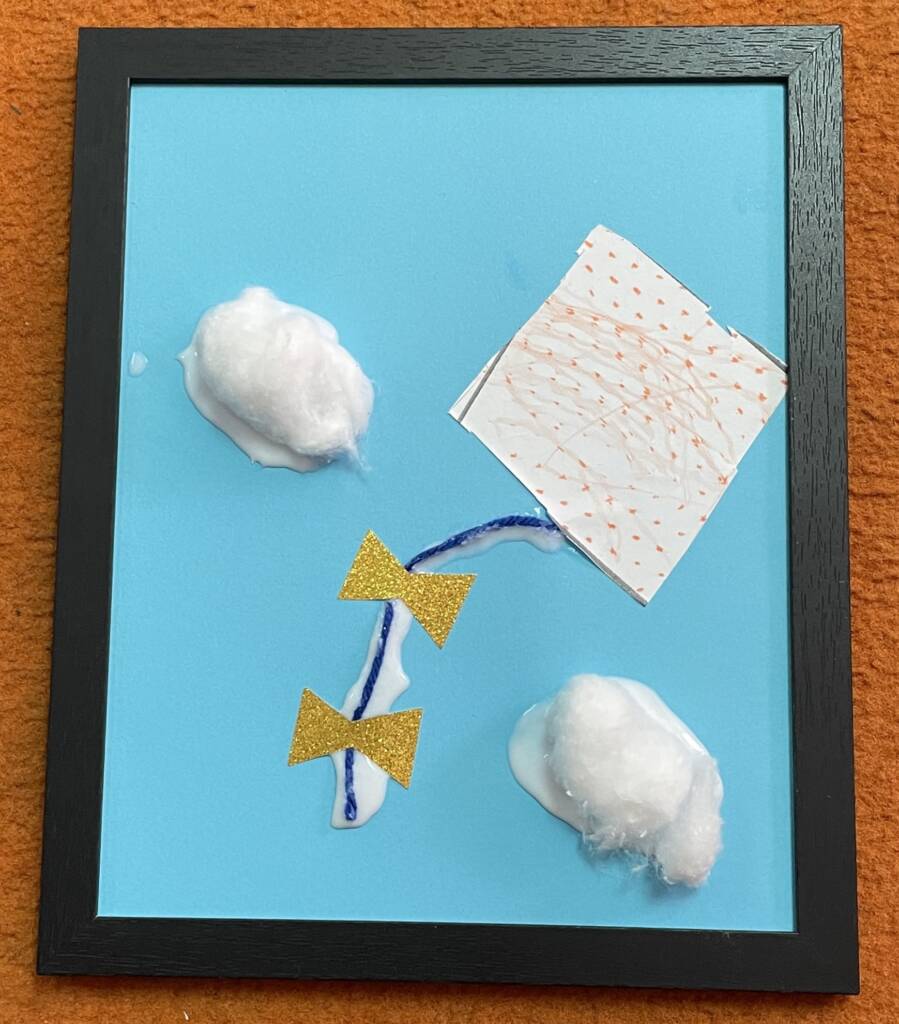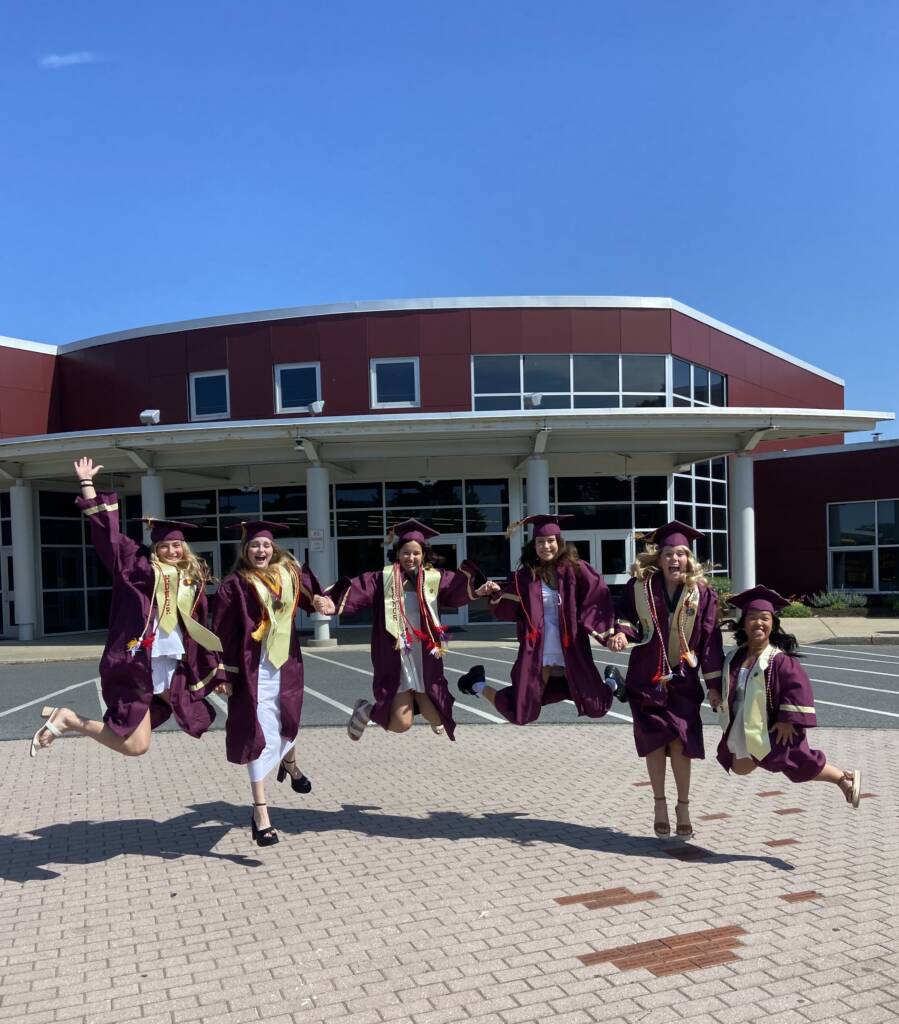Paths to Literacy is a vibrant community of practice and we invite you to share ideas and resources for children and youth who are blind, visually impaired, or deafblind, including students with multiple disabilities. Below are some of the Frequently Asked Questions (FAQs) about sharing on this site.
What is the procedure for sharing activities and resources?
You may write up your idea as a Word document and send it to us.
There is no specific template or word count to follow. The format will be different depending what type of post you are sharing.
Strategies generally follow a basic lesson plan format with:
- Title
- Description
- Materials
- Procedure
- Variations
Technology posts tend to be about new apps, assistive technology devices, or other technological innovations (3D printing, etc.)
Resources are websites, books, materials of general interest.
Events are workshops, trainings, conferences that are open to everyone.
Blogs are about a broader topic, i.e. not just one specific lesson or app or website.
Is my idea worth sharing?
Many people worry that their idea may not be “important” or “new”, but we remind you that the people who use this website are at all different levels of understanding and experience. New teachers, parents, students, and people from all around the world use this site, and their interest will be different from that of a veteran teacher. Similarly, itinerant TVIs will have different interests from teachers at schools for the blind or general education teachers, while orientation and mobility instructors, speech language pathologists, occupational therapists, and psychologists will have still other interests and areas of expertise.
If your idea is original (i.e. you didn’t copy it from another website or book), we encourage you to submit it! While the content of lessons, games, story boxes, and tactile books may not be new, there are always new approaches. If your student or child enjoyed an activity, the chances are that others would enjoy it too.
We encourage families to share ideas that can be tried at home, such as organization of space, activities to do with siblings or in the community, literacy games or materials, early childhood activities, and more.
What can be shared on the site?
- All content must be original or with clear citation of the original work. If you adapt an idea or modify materials for children with visual impairments, we request that you share the link or title of the original source.
- Activities and resources must be related to individuals with visual impairment, deafblindness or multiple disabilities, with an emphasis on children and youth.
- You may tell us how you adapted materials or lessons for students with visual impairments, deafblindness or multiple disabilities.
- You may link to specific vendors, if applicable.
- You may share your opinion (e.g. if a product doesn’t do what it claims to do, you may share your opinion in a respectful way).
- You may talk about how you use a certain product, such as materials from APH (American Printing House for the Blind) or specific apps.
What is the procedure for sharing photos?
Every post must have at least one photo. Photos must be original or from open source sites. They may NOT be taken from Google Images or other copyright-protected sites. Photos of products may be used, if the post mentions the product and a link is provided. When in doubt, please include a link to the source of where your photo was found, if you copied it from an online source.
We must have signed permission for any photo of a child or student. Please use this permission form and email it to us. If the photo only shows the child’s hands or back of head (i.e. is not recognizable), then permission is not required.
What is the review and publication process?
All submissions are reviewed for content, as well as English grammar, spelling, punctuation, etc. We reserve the right to edit all posts and will notify the author if any changes are substantial. Content review is done by experienced professionals, who have a background in the education of children who are visually impaired or deafblind, including those with multiple disabilities.
Authors will be notified about whether or not their submission has been accepted. Links to the post will be sent to the author for final review when published.
Posts on the website may be shared in the Paths to Literacy newsletter and associated social media platforms (Facebook, Pinterest, Twitter, Instagram).
Who does the content belong to?
All content becomes the property of Perkins School for the Blind and Texas School for the Blind and Visually Impaired, and is protected by U.S. Copyright Law.
What is the scope of the content?
Content should be related to individuals with visual impairment, deafblindness or multiple disabilities, with an emphasis on children and youth. The focus is on literacy, which encompasses a broad scope, including communication, the development of cognitive and tactile skills, and integrated curriculum.
How can you earn continuing education credits for sharing posts?
Two continuing education credits can be earned for each post that is specifically written for this website. It is up to the author to determine if these credits are accepted by a supervisor or employer. The credits have not been approved by ACVREP.
What are the guidelines for sharing commercial materials?
We occasionally share information about new products in the field that are available for purchase. Sharing this information is not an endorsement, and such information is included as a public service. Perkins School for the Blind, Texas School for the Blind and Visually Impaired, and the employees of both schools receive no financial reward or incentive for sharing this information.
Where can you get more information?
Learn about our guidelines for sharing information from this site.



